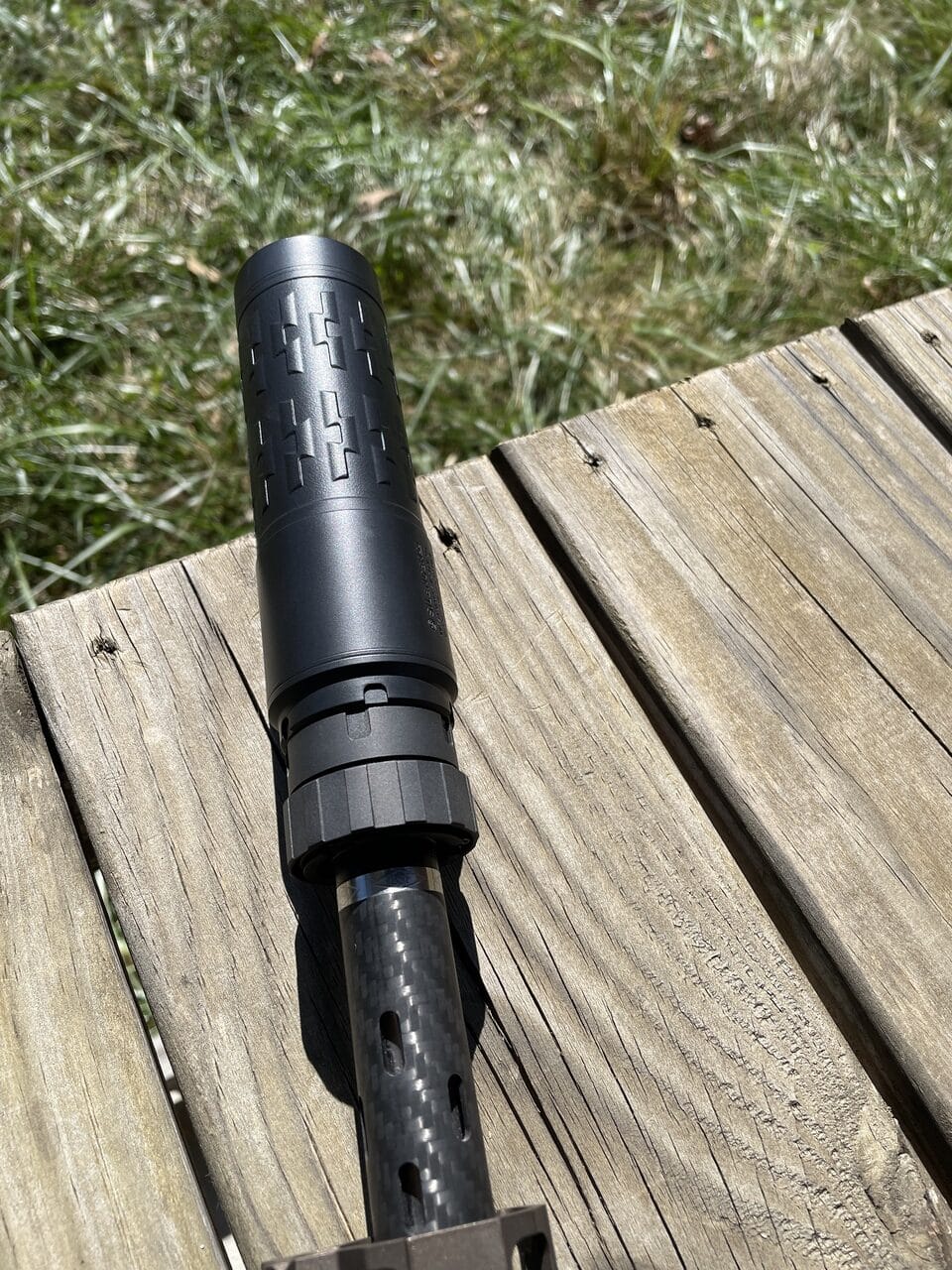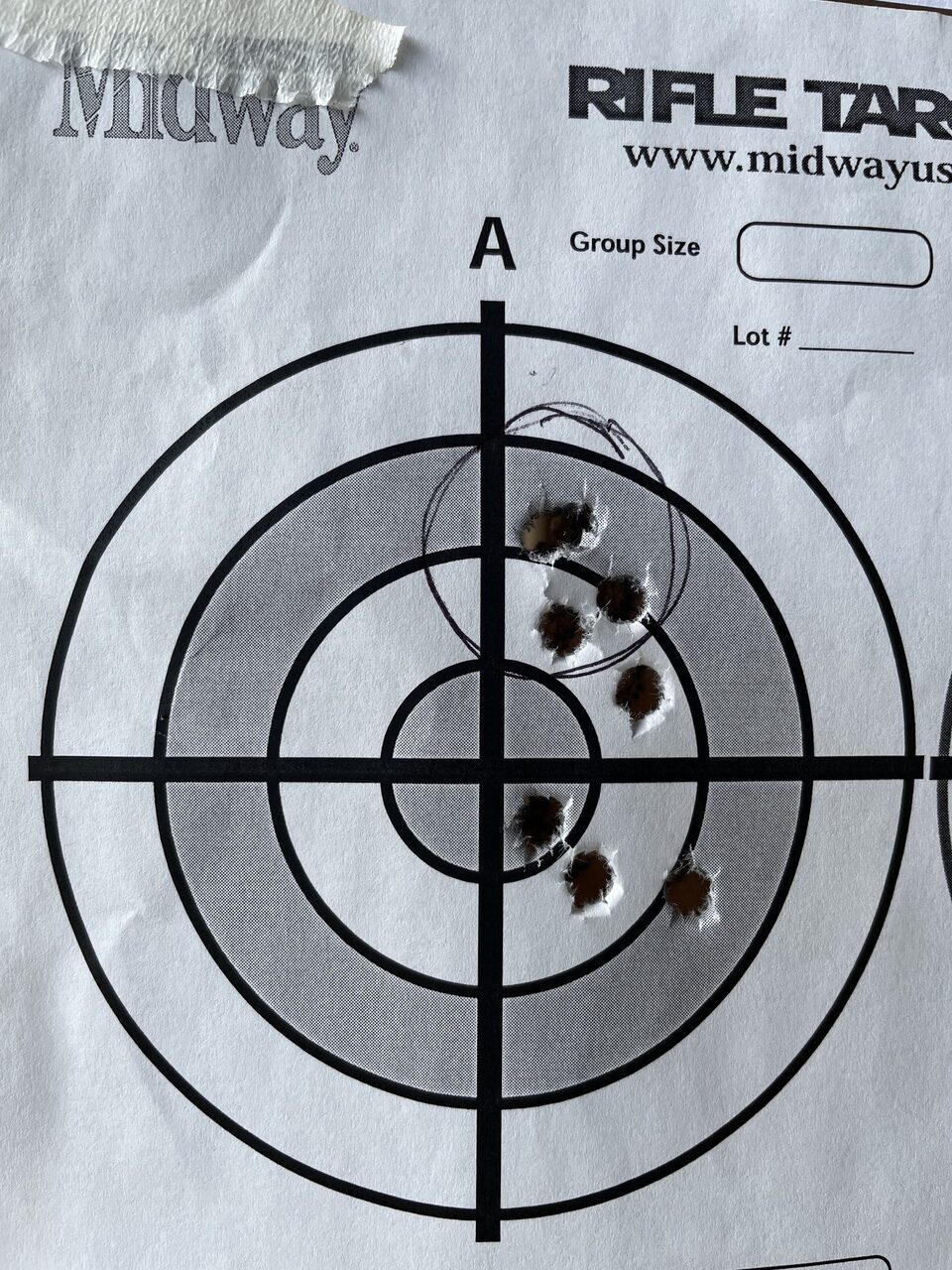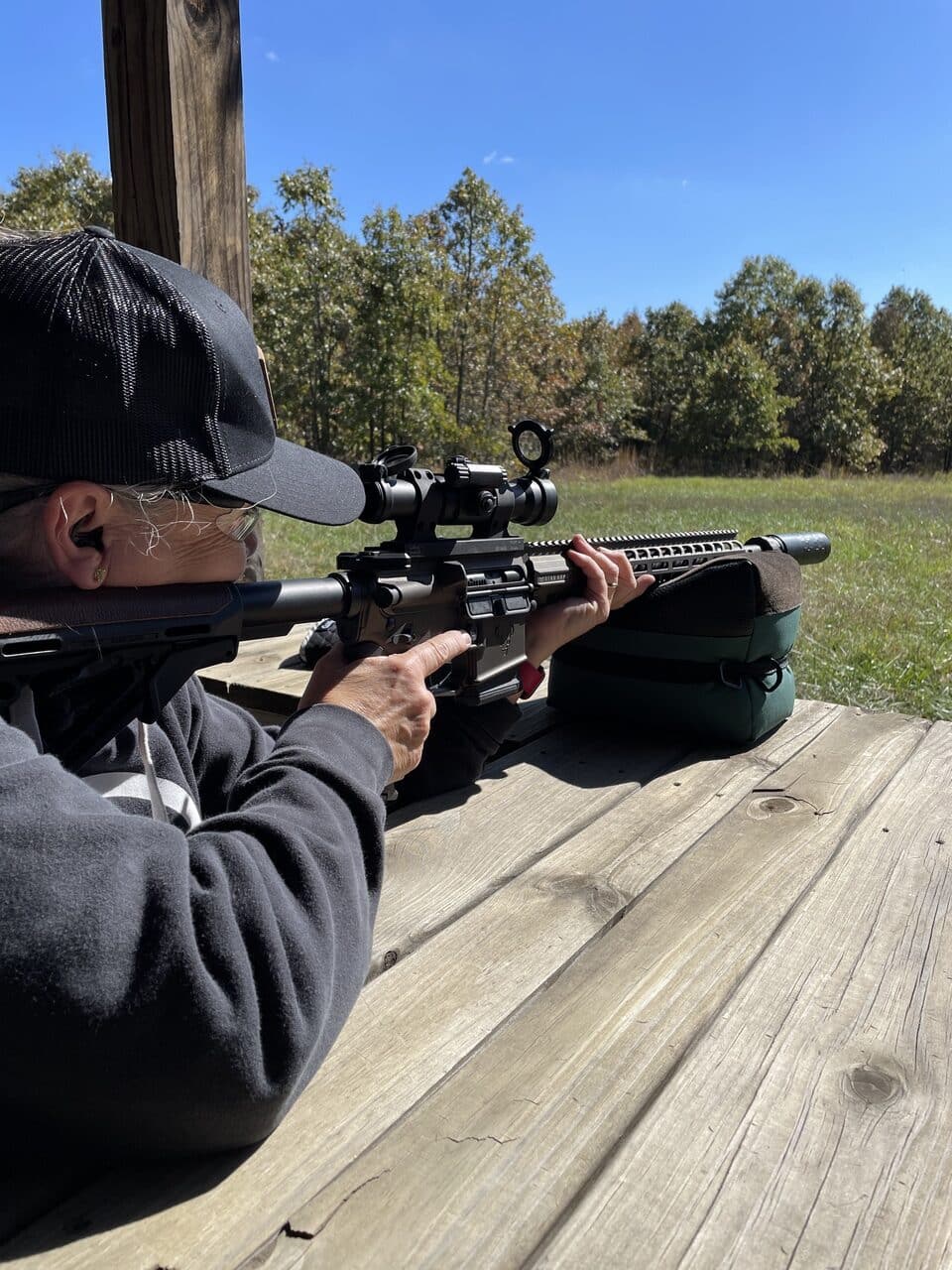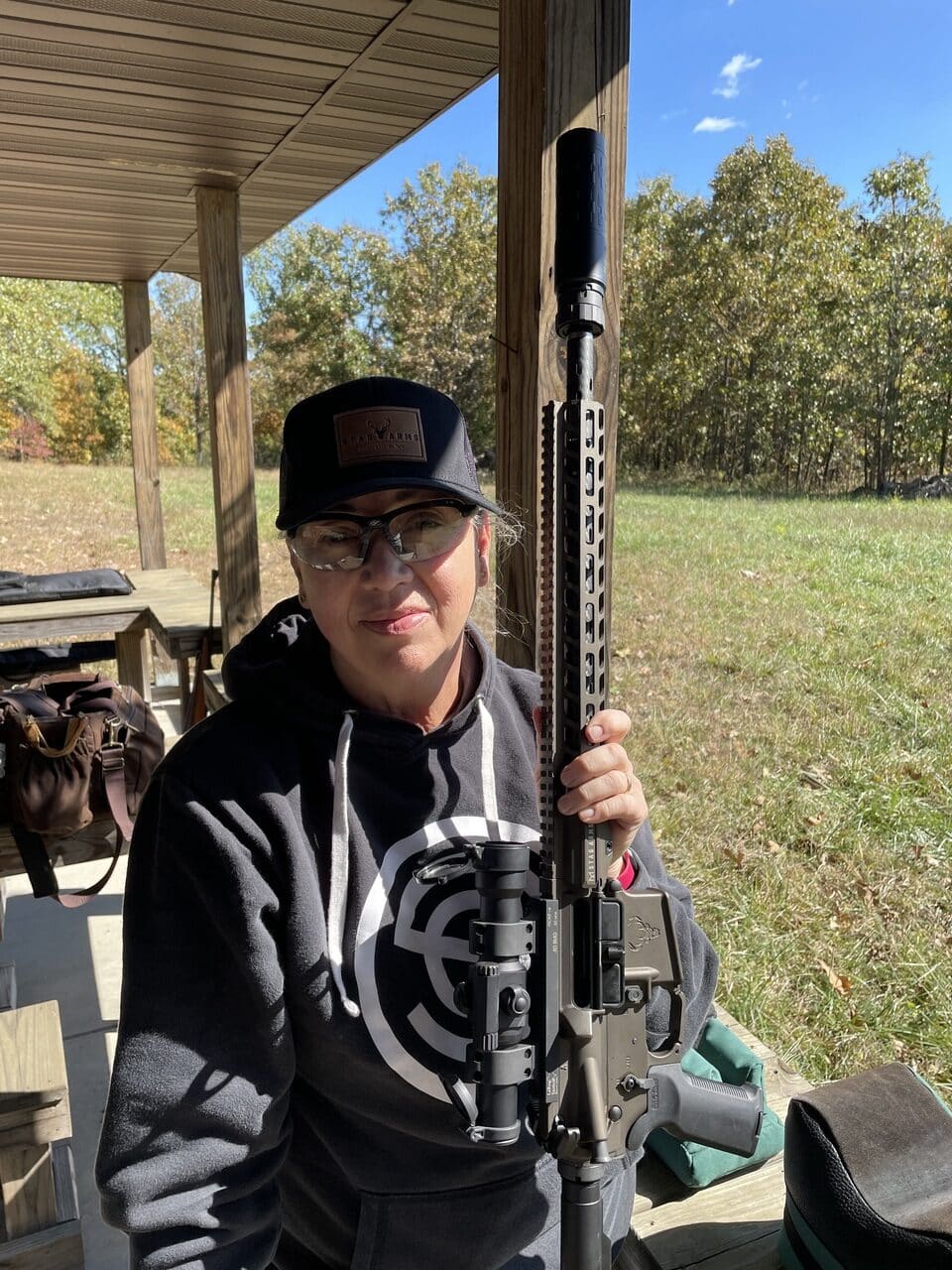What happens to the point of impact (POI) when SilencerCo’s new Velos LBP gets attached to a Stag 15 Pursuit Pro rifle with a BSF carbon fiber barrel? This gun is in production but not available to the public until sometime in 2024. Stag Arms wanted me to test it after I had used it for a Stag-sponsored prairie dog shoot in June, so I thought shooting the gun suppressed and un-suppressed to check for a POI shift would be a worthy test. Moreover, what better silencer to use than the Velos, that touts a low backpressure (thus, the LBP moniker)?
Sponsored by SilencerCo
If you follow us here at The WON, you may recall a post titled “SilencerCo Velos LBP.” In that post, I wrote, “The Velos LBP has been designed specifically using low back-pressure technology. Otherwise known as blow-back (that annoying gas and unburned powder particles that ‘blow back’ through the ejection port and the charging handle channel after discharging a suppressed AR – usually into the eye area of a shooter), the Velos does a good job of managing this problem and also, suppresses sound.”

For this POI shift test, I shot a Stag 15 that had already had several hundred rounds through it from the aforementioned prairie dog shoot in Wyoming last June. It came to me as a dirty birdy, so I cleaned it thoroughly. I highly recommend cleaning any gun you’ve purchased that you plan to shoot. Not only can you inspect the gun for defects, but you can perform a clean function and safety check afterward.

I also wanted to use only a red dot sight and not a scope on this gun. Of course, using a scope would have made the shot groups even smaller, but I believe that on an AR chambered in .223 that I wanted to use for personal defense or critter control, a red-dot will suffice and actually be a faster form of acquiring a target. For this test, I borrowed an Aimpoint on a quick-release mount, as I did for another review.
After installing the appropriate ASR onto the barrel, it came time to go shooting.

First, I bore sighted the rifle with the red dot at 25 yards, and then fired a few verification shots to make sure the dot and the POI lined up. Then, I took targets out to 100 yards and commenced firing. I shot un-suppressed with four shots (top circled group), followed by suppressed shooting (lower group under the first group – of up to two inches).

Most definitely, shooting with a suppressor after sighting-in without a suppressor shifts the POI. Nevertheless, in this case, it wasn’t that much. If I was to use the suppressor while hunting or for personal defense, I would first shoot the gun suppressed on the range and adjust my sights accordingly. I wouldn’t expect the POI to be the same as it is without the suppressor.

The important take-away is to know the shift between the point of aim (POA) and the POI from whatever gun you’re using if you make changes to the gun, especially when you attach a suppressor to it.

Check out the fine line of silencers from SilencerCo.
Publisher/Editor Barbara Baird is a freelance writer in hunting, shooting and outdoor markets. Her bylines are found at several top hunting and shooting publications. She also is a travel writer, and you can follow her at https://www.ozarkian.com. View all posts by Barbara Baird